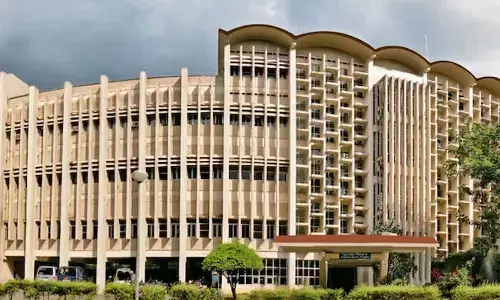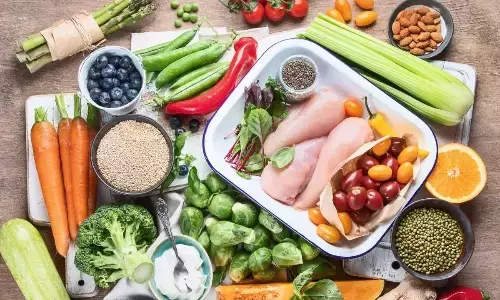Travel & tourism makes a comeback

Social media influencers provide travel content to inspire social users to travel to where they suggest. On the other hand, tour owners and other businesses related to travel try to collaborate with influencers to harness their impact. From a mere $1.7 billion in 2016, influencer marketing grew to have an estimated market size of $16.4 billion in 2022
The travel and tourism sector is back with vigour after a slowdown. It is witnessing refreshing outbursts of opportunities for all related industries. Whether this is through weddings, vacation destinations or brands optimizing marketing collaborations through sports events, and the likes, the influx of travellers from across the world is paving the way for influencers to drive their content in excellent ways.
"It is exciting to see how the entire travel industry is flourishing right now and this makes the influencer community even more motivated to continue generating quality content that further boost travel enquiries across the world. As influencers, this is a great way to simultaneously generate more traffic on our accounts and increase our engagement," reasons Pushppal Singh Bhatia and Ravneet Kaur, the popular influencer duo - That Couple Though.
Leveraging travel industry and tourism spaces to boost collaborations: Influencers have become an integral part of the tourism landscape, using their platforms to showcase destinations, experiences and products to their followers. Avid travellers are forever looking for recommendations and niche destinations enabling opportunities for influencers to promote domestic tourism, local experiences and health and wellness travel.
This holds true for notable world events, including sports tournaments that garner massive crowds. The recent FIFA World Cup is a classic example of how travel influencers were able to associate with luxury hotels, international dining spaces, shopping zones and sports organisers too. Even airlines and government tourism branches are now opting to venture into influencer marketing avenues where the influencer can capture unfiltered experiences.
A personal touch through storytelling: When influencers are either invited to global events or decide to venture on their own, the stories they unveil during their journey plays a big role in connecting audiences to the place. Their niche also helps target specific marketing collaborations, thereby enhancing business for everyone involved. Overall, the rebirth and new way of working for the travel industry after the pandemic is something that opens up many unique collaboration opportunities for influencers.
In recent years, social media influencers (SMIs) have become independent entities capable of influencing their audiences. Businesses look towards SMIs on Instagram as a marketing communication tool due to their popularity and effectiveness. In tourism, few studies investigate the role of SMI in influencing travel behaviours.
The study examines how SMI can influence Instagram followers' travel behaviours. It also determined SMI based on attractiveness, similarity, and expertise. SMI can generate para-social interactions with followers and build trust by promoting destinations based on these three dimensions. This study tested the research hypothesis on 364 respondents using a dual-approach analysis of structural equation modelling and fuzzy set qualitative comparative analysis. The results of the SEM analysis confirm that consumers were more likely to trust SMI based on their expertise and similarity. Also, this study demonstrated that highly attractive SMI and similarity with followers can lead to para-social interactions. When consumers trust and feel such an interaction with SMI, they are more likely to consider traveling.
FsQCA results confirm the presence of two configurations with high travel intention. The causal conditions configuration presented in this study demonstrated the inter-dimensional relationship between SMIs (attractiveness, similarity and expertise), trust, and para-social interaction in terms of travel intention. This study also achieved theoretical contributions and managerial implications on how scholars and tourism managers leverage SMIs to create high travel intentions. The tourism industry is one of those niches that are heavily affected by influencer marketing. Instagram, in particular, plays a pivotal role in this trend and has, therefore, gained the attention of both influencers and business owners alike. A variety of multimedia-based features of Instagram such as posts, stories, Live and IGTV have made it unique among the alternatives. It provides travel influencers with exactly what they need: a high-resolution social appearance.
So, influencers provide travel content to inspire social users to travel to where they suggest. On the other hand, tour owners and other businesses related to travel try to collaborate with influencers to harness their impact. From a mere $1.7 billion in 2016, influencer marketing grew to have an estimated market size of $16.4 billion in 2022. Furthermore, this is expected to jump a further 29 per cent to an estimated $21.1 billion in 2023.














